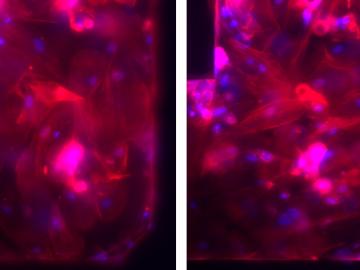Filter News
Area of Research
- (-) Nuclear Science and Technology (8)
- Advanced Manufacturing (1)
- Biological Systems (1)
- Biology and Environment (3)
- Building Technologies (2)
- Clean Energy (35)
- Climate and Environmental Systems (1)
- Fossil Energy (1)
- Fusion Energy (1)
- Materials (24)
- National Security (2)
- Neutron Science (15)
- Sensors and Controls (1)
- Supercomputing (13)
Media Contacts

Scientists from Oak Ridge National Laboratory performed a corrosion test in a neutron radiation field to support the continued development of molten salt reactors.


Experts focused on the future of nuclear technology will gather at Oak Ridge National Laboratory for the fourth annual Molten Salt Reactor Workshop on October 3–4.

A tiny vial of gray powder produced at the Department of Energy’s Oak Ridge National Laboratory is the backbone of a new experiment to study the intense magnetic fields created in nuclear collisions.

Thanks in large part to developing and operating a facility for testing molten salt reactor (MSR) technologies, nuclear experts at the Energy Department’s Oak Ridge National Laboratory (ORNL) are now tackling the next generation of another type of clean energy—concentrating ...







